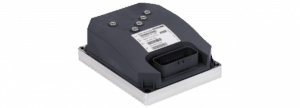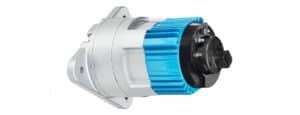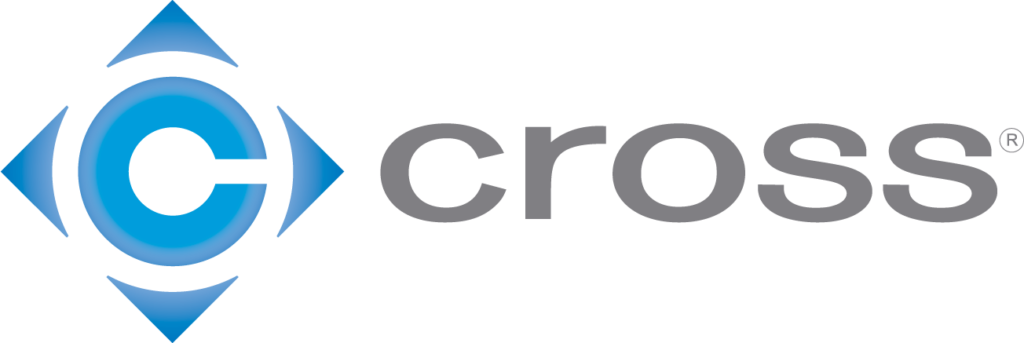Comparing Electronic Steer-By-Wire and Mechanical Steering
Most on-road and off-road mobile vehicles use a mechanical system boosted by hydraulic power for the mechanics of steering. The mechanical system is usually made up of a Rack-And-Pinion or Worm-And-Sector steering gear that is physically connected to a steering wheel. When the steering wheel is rotated, this mechanical system also turns. These mechanical systems, in turn, drive a pitman arm that physically turns the wheels of the vehicle.
Most vehicles also utilize power steering which reduces the amount of force it takes to turn the steering wheel. This was traditionally accomplished through hydraulic power, which is generated by a hydraulic actuator that assists the turning of the steering gear. A hydraulic pump can run off the rotation of the engine or can be driven by an electric motor (referred to as Electro-Hydraulic Power Steering). In addition, there is Electric Power Steering that removes the hydraulic components as it uses an electric motor to drive the traditional steering linkage (the pitman arm).
Even with electric power steering, the biggest challenge is the limitations of the mechanical components. By replacing conventional steering components with Steer-By-Wire technology you gain all of the following:
- Significantly reduce the number of moving parts in a vehicle
- Reduce weight and increase fuel economy
- Increase operational accuracy and efficiency
- Eliminate the maintenance of hydraulic systems and other mechanical adjustments
- Gain ergonomic efficiency as steering takes less effort and can reduce operator fatigue
What Is Steer-By-Wire?
While electric power steering removes the hydraulic components but retains the traditional mechanical steering linkage, Steer-By-Wire does away with the steering linkage. These systems use electric motors to turn the wheels, sensors to determine how much steering force to apply, and devices that provide tactile feedback to the driver. These motors are more efficient, quieter, and require no maintenance.
Steer-By-Wire Safety
 The chief customer concern with Steer-By-Wire is the lack of physical linkage. Because there are no mechanical linkages between the driver and the wheels, a controller is used to control the positioning of the motors used to steer the wheels. Products such as the InMotion APS (Advanced Power Steering) controller that meets the ISO standard 13849-1, category 3, level PL=d for functional safety, meet those safety needs.
The chief customer concern with Steer-By-Wire is the lack of physical linkage. Because there are no mechanical linkages between the driver and the wheels, a controller is used to control the positioning of the motors used to steer the wheels. Products such as the InMotion APS (Advanced Power Steering) controller that meets the ISO standard 13849-1, category 3, level PL=d for functional safety, meet those safety needs.
 From a practical standpoint, this controller can detect any single fault in the controller, or items attached to the controller such as the steering motor or input device, and take action to bring the system to a safe stop. With a redundant processor supervising the actions of the first processor, this is an example of a product designed to meet your safety needs. This controller can be used as a stand-alone controller, or as part of a larger CANbus network. In addition, the motors that are used must have redundant feedback of positioning to ensure that the motor is in the proper position for safe steering. An example of this type of product would be the InMotion PSM series of power steering motors.
From a practical standpoint, this controller can detect any single fault in the controller, or items attached to the controller such as the steering motor or input device, and take action to bring the system to a safe stop. With a redundant processor supervising the actions of the first processor, this is an example of a product designed to meet your safety needs. This controller can be used as a stand-alone controller, or as part of a larger CANbus network. In addition, the motors that are used must have redundant feedback of positioning to ensure that the motor is in the proper position for safe steering. An example of this type of product would be the InMotion PSM series of power steering motors.
How Can Cross Help?
If you are building mobile machinery, consider the advantages of your vehicle with a Steer-By-Wire system. By incorporating this into your machine design, you can significantly reduce the maintenance required, decrease the overall weight, increase fuel economy, and reduce the cost of operation.
If you’re looking for experts in mobile systems (electric systems, hydraulic systems, mobile control components, or anything else), Cross can help. Contact the Mobile Systems Integration specialists at Cross Company today to discuss your application, vehicle, or prototype. We’re members of the National Fluid Power Association (NFPA), the Association of Equipment Manufacturers (AEM), the International Fluid Power Society (IFPS), and closely follow ISO standards for mobile machinery. With our experience and expertise, we can get you where you need to go.




